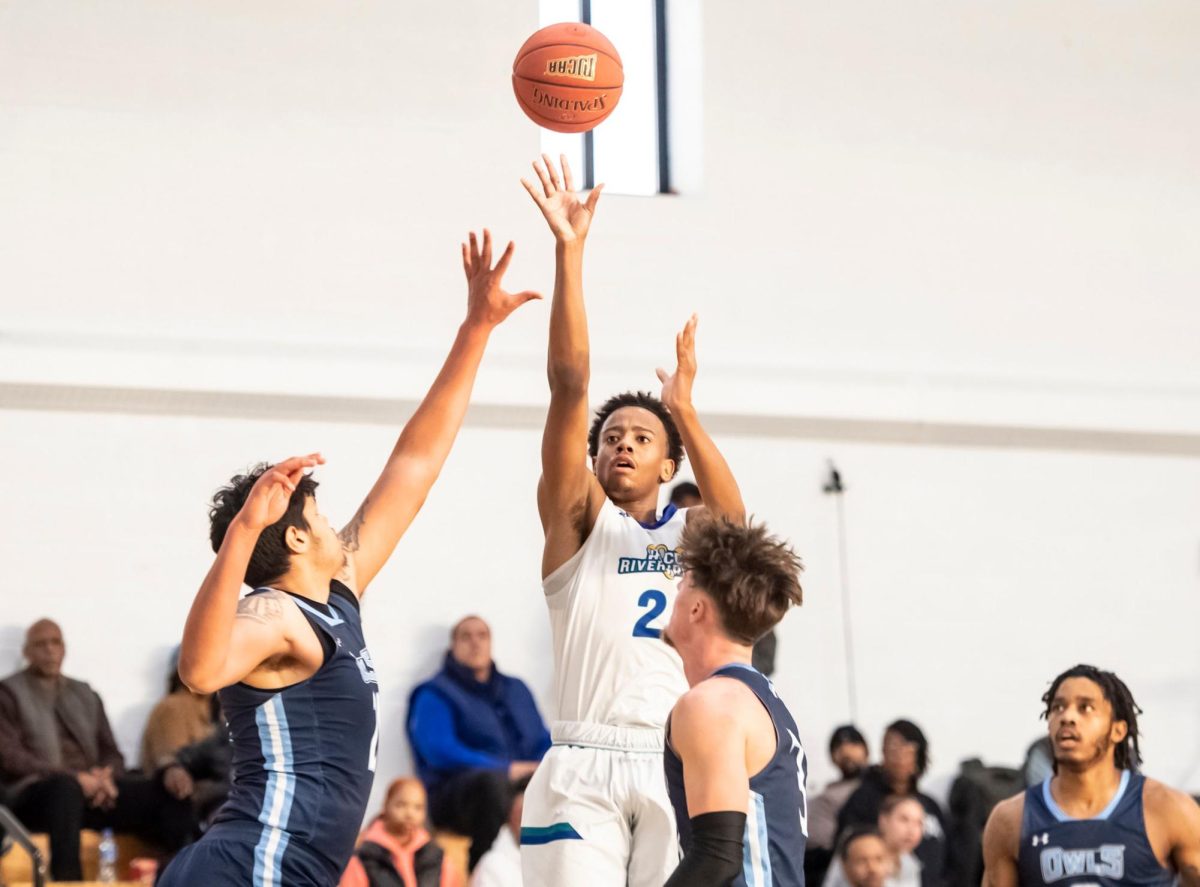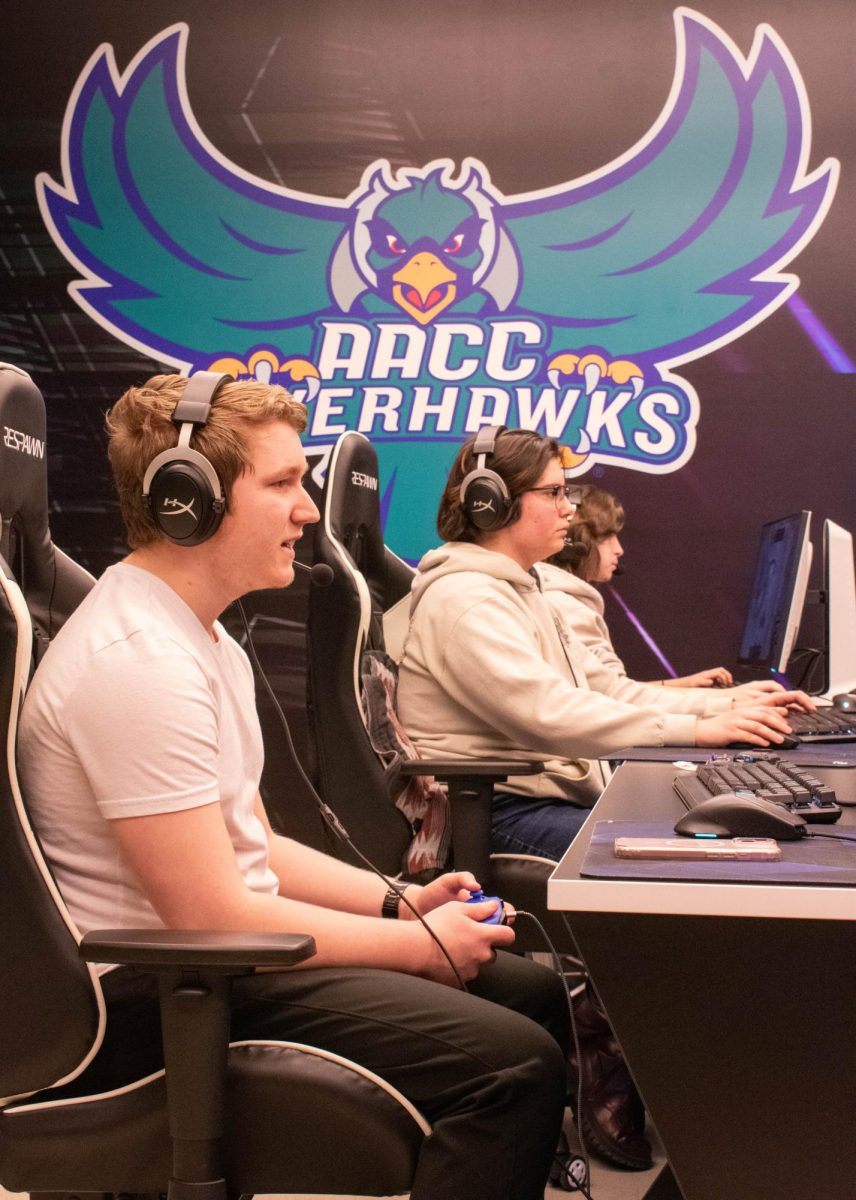All Division III sports teams at AACC advanced to Division II in July, making the college eligible to offer athletic scholarships.
AACC was one of the only community colleges in Maryland with Division III teams. The Riverhawks are part of the mostly-Division II NJCAA Region 20.
Because Region 20 includes Maryland, western Pennsylvania and the West Virginia panhandle, the Riverhawks had to travel extensively to get to Division III games.
“It’s going to be a tremendous benefit to our campus and our athletic programs,” Athletic Director Duane Herr said.
Riverhawks were already playing some Division I and Division II teams within Region 20 in previous seasons.
“I think it’ll put us on a level playing field for the most part with the other schools we’re competing against game in and game out,” Jim Griffiths, head coach of the women’s soccer and lacrosse teams, said.
Division III is a non-scholarship division, while Division II allows scholarship offers.
Herr said the ability to offer scholarships could help coaches “build our rosters.”
“It gives us a … lot more of a competitive balance that we can offer scholarships and kind of build our rosters the way that those Division I and II [schools] are,” Herr said, “versus not having scholarships, [when] we didn’t have that opportunity.”
Herr said the change to Division II could offer coaches the opportunity to recruit players.
“It’s exciting for the program,” Nick Cosentino, head coach of the men’s soccer team, said. “It’ll give us a chance to … attract some more players.”
Scholarships can influence where a student athlete decides to play.
“I hope it gives another valid choice to some of our student athletes that might even choose the … Division II NCAA level,” Herr said. “They might want to come here for a year or two [instead].”
Daevon Lionel, a returning men’s soccer player, said the opportunity for scholarships does not affect him right now, “but I’m sure for the school in later years, it will definitely have an impact.”
Griffiths said being a Division II school also helps AACC athletes get recruited by four-year schools by removing the stigma of being a Division III school.
“Now, pretty much the majority of Maryland is [Division II],” Griffiths said. “So … when you’re competing with nearby junior colleges for athletes, they can’t use the [Division III] status against you.”
Lionel, a second-year biology and kinesiology student, said becoming a Division II program “definitely should” improve his chances of playing soccer at a four-year university.
“From a realistic standpoint … we couldn’t stay in [Division III],” Griffiths said. “[Division III] is dwindling across the board. So it’s kind of a no brainer, in my opinion.”
Riverhawks advance to NJCAA Division II
Shooting guard Jeremiah “Scoob” Stroman takes a shot last year in the final season the basketball team played as a Division III team.
August 28, 2023


















